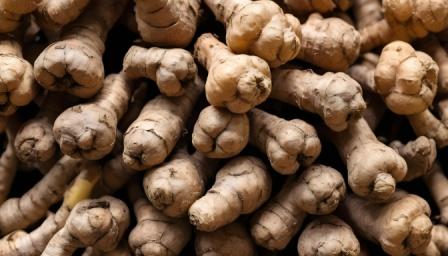In the intricate world of nature's engineering marvels, spider silk stands out as a material of unparalleled strength and versatility. Recent research has unraveled a fascinating facet of this extraordinary substance—its heightened robustness in regions experiencing heavy rainfall. A study conducted by scientists unveils the previously unknown correlation between the resilience of spider silk and the precipitation levels in diverse habitats. The findings not only deepen our understanding of spider silk's adaptability but also hint at the ingenious ways in which nature tailors its creations to thrive in specific environments.
Published in a leading scientific journal, the study explores the relationship between the robustness of spider silk and the amount of rainfall in various habitats. Spider silk, renowned for its exceptional strength-to-weight ratio and remarkable elasticity, plays a pivotal role in the survival and success of spiders in diverse ecosystems.
The research, conducted by a team of experts, delves into the mechanical properties of spider silk across different geographical locations characterized by varying levels of precipitation. The goal is to decipher whether environmental factors, specifically the amount of rainfall, influence the structural attributes of spider silk.
Surprisingly, the study reveals a clear pattern—spider silk exhibits increased robustness in areas with heavy rainfall. This unexpected correlation challenges conventional assumptions about the factors influencing the mechanical properties of spider silk. The prevailing belief was that factors such as temperature and humidity played a more direct role in shaping the characteristics of spider silk.
The newfound connection between rainfall and silk resilience opens a window into the intricate ways in which spiders adapt their silk production to local environmental conditions. Researchers speculate that spiders in regions with abundant rainfall may have evolved to produce silk with enhanced strength, potentially as a response to the challenges posed by water-related stresses.
One possible explanation lies in the role of silk in spiders' daily lives. Beyond its role in constructing webs for prey capture, spider silk serves multiple functions, including shelter construction and protection. In regions with heavy rainfall, where environmental stressors like wind and water impact the structural integrity of webs, spiders may have developed silk with superior robustness to ensure the longevity and effectiveness of their vital silk-based structures.
The implications of this discovery extend beyond the realm of arachnology. Understanding the environmental factors shaping the properties of spider silk could inspire innovative biomimicry applications. Researchers envision the potential development of synthetic materials with tailored characteristics inspired by the adaptive strategies of spiders in different habitats.
As humanity grapples with the challenges of sustainability and material innovation, nature continues to offer a trove of insights. Spider silk, with its newfound connection to rainfall resilience, exemplifies the intricacies of adaptation in the natural world. The study not only broadens our appreciation for the remarkable properties of spider silk but also prompts us to explore new frontiers in biomimetic design guided by the ingenious solutions crafted by spiders in response to their dynamic environments.







